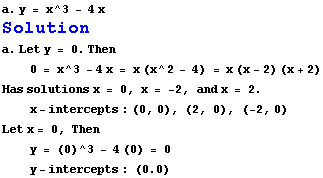![]()
![]()
![]()
In[4]:=
![]()
![[Graphics:HTMLFiles/in_5.gif]](in_5.gif)
Out[4]=
![]()
![]()
In[7]:=
![]()
![[Graphics:HTMLFiles/in_9.gif]](in_9.gif)
Out[7]=
![]()
In[8]:=
![]()
![[Graphics:HTMLFiles/in_12.gif]](in_12.gif)
Out[8]=
![]()
In[9]:=
![]()
![[Graphics:HTMLFiles/in_16.gif]](in_16.gif)
Out[9]=
![]()
In[10]:=
![]()
![[Graphics:HTMLFiles/in_19.gif]](in_19.gif)
Out[10]=
![]()
In[12]:=
![]()
![[Graphics:HTMLFiles/in_24.gif]](in_24.gif)
Out[12]=
![]()
In[14]:=
![]()
![[Graphics:HTMLFiles/in_27.gif]](in_27.gif)
Out[14]=
![]()
![]()



Created by Mathematica (April 20, 2004)